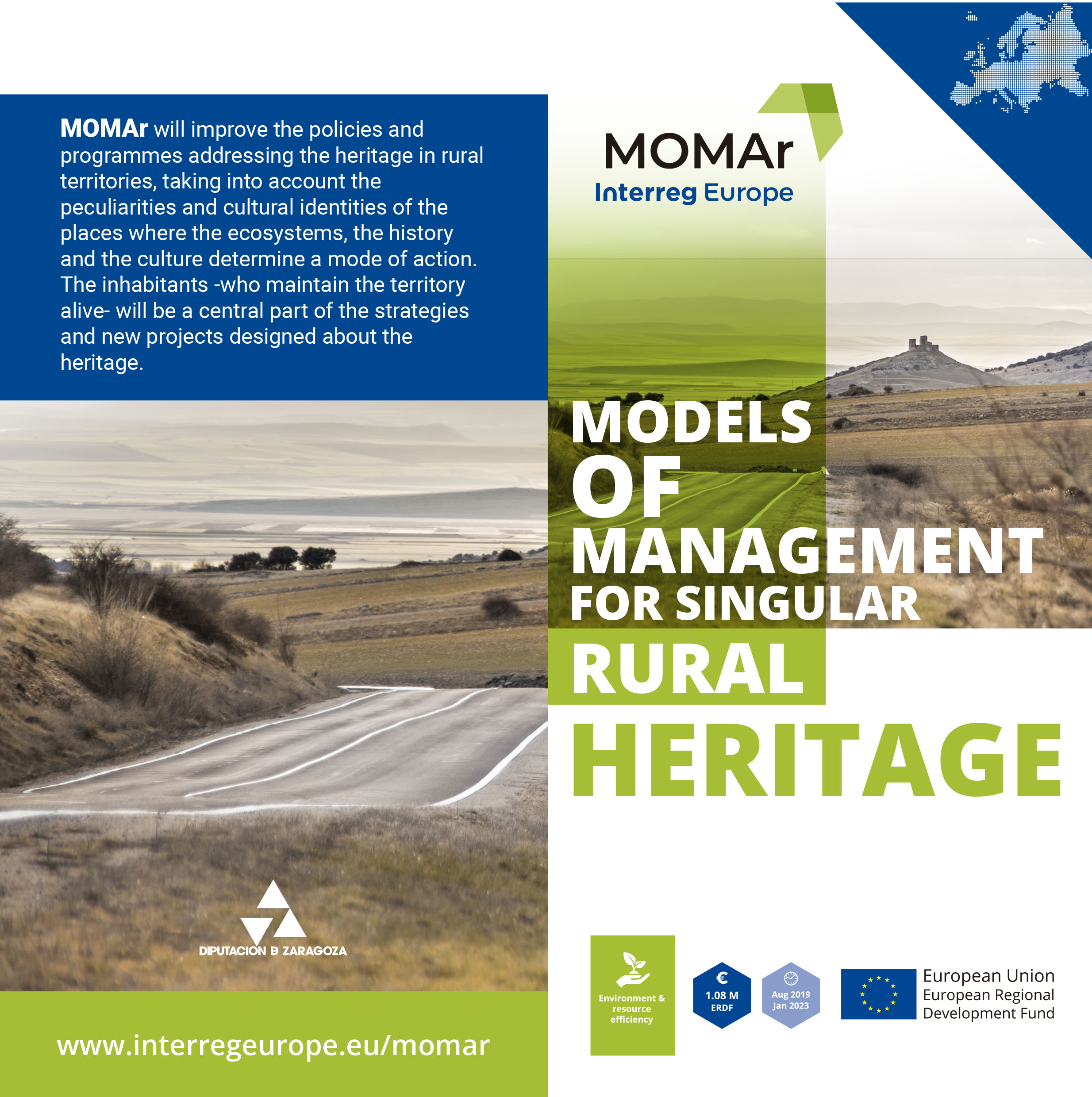In the framework of the MOMAr Action Plan, the lead partner, the Provincial Government of Zaragoza (DPZ), has published the book titled: 'The salt in the province of Zaragoza’, written by the professor of Science at the University of Zaragoza, Miguel Calvo, and presented recently by the deputy delegate for Culture, Ros Cihuelo.
Given the goal of the Spanish Action Plan, the integrated management of the salt heritage of the province, with the management of the important salt industrial heritage of the village of Remolinos as the spearhead of the project, this book is a meaningful asset for the implementation process of the Plan.
The publication values the cultural and natural heritage of salt in the province, drawing for the first time a map with 15 places in the area to enjoy the landscapes of salt. “Zaragoza can be proud of its salt wealth. Except for maritime salt flats, we have everything else, spring salt flats, salt lagoons, and above all, the Remolinos mines. Few can boast of 2,000 years of continuous exploitation, in Spain, there is no other", highlighted the author of the book, Miguel Calvo, during the presentation event.
Moreover, the deputy delegate for Culture of DPZ, Ros Cihuelo, emphasized the importance of MOMAr project on de development of new initiatives, like this one, in the province: "This book is a very ambitious project in which we have been working for a long time through the MOMAr project, from which we seek to take into account the territorial singularity to find new ways of managing the rich cultural and natural heritage of our province."
Also present at the event, the provincial deputy and mayor of Remolinos, Alfredo Zaldívar, called for the need to give visibility to this relevant heritage asset: “For Remolinos it is a dream that one day the mines can be visited, and we have been working for a long time to achieve it in some way. This book is an opportunity that we cannot miss. If the mines were in another place, they would already receive another treatment, and we must fight so that people know what exists in them.”
Thousands of copies of the book have been published and will be distributed among the town halls of the province, municipal libraries, and educational centers.












